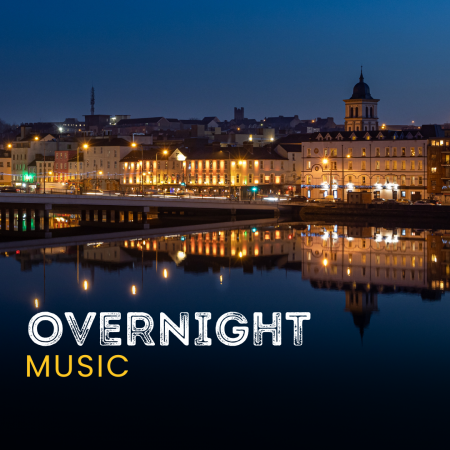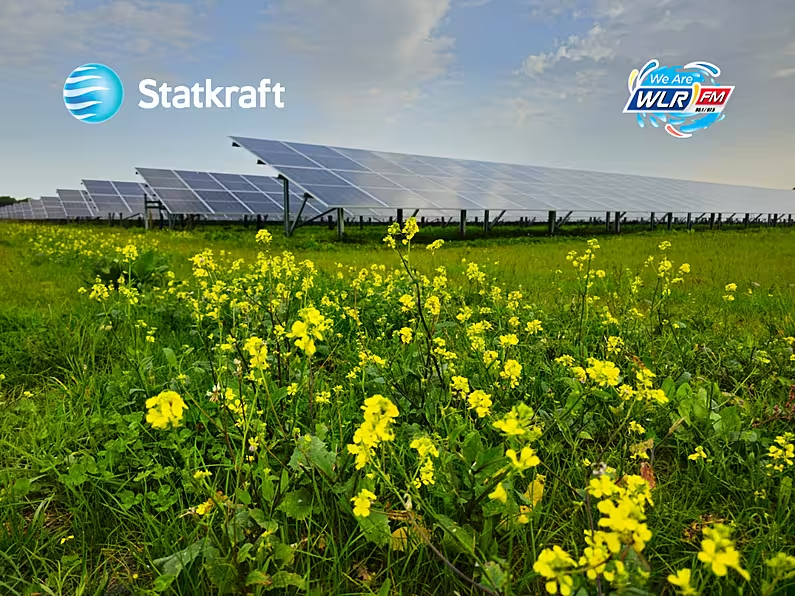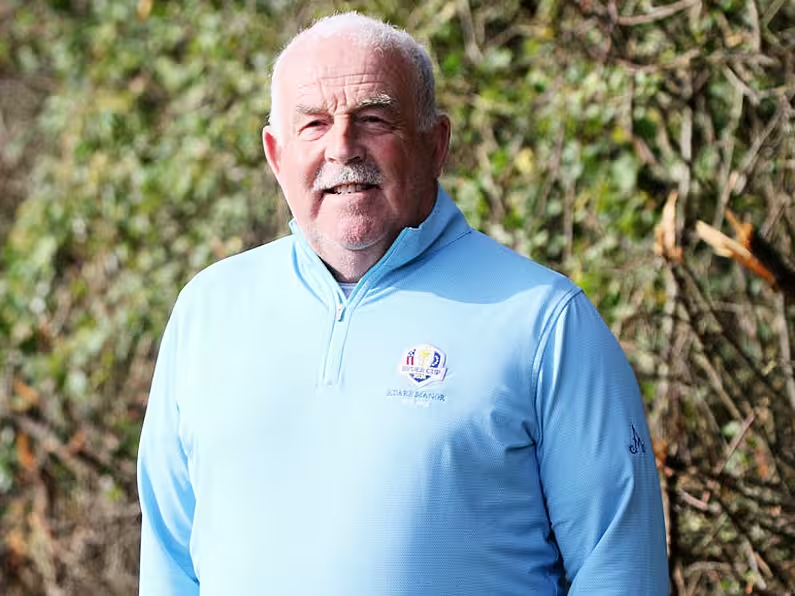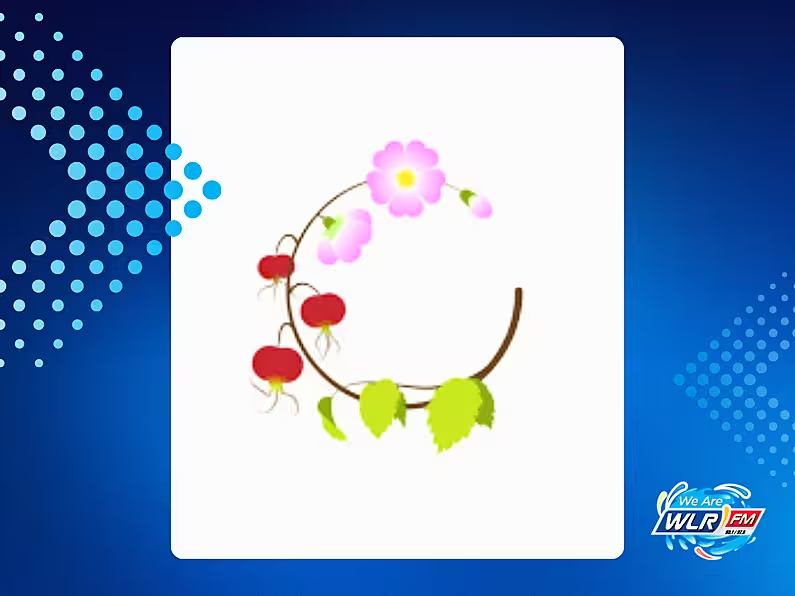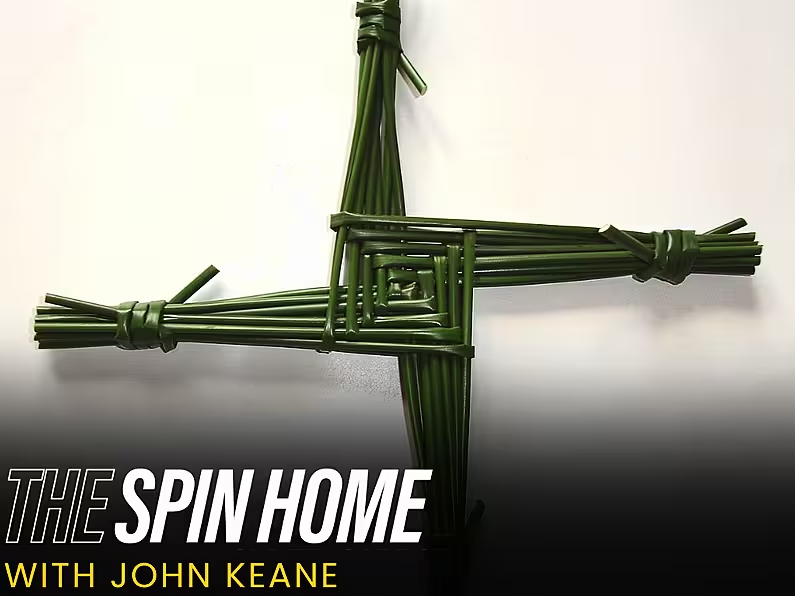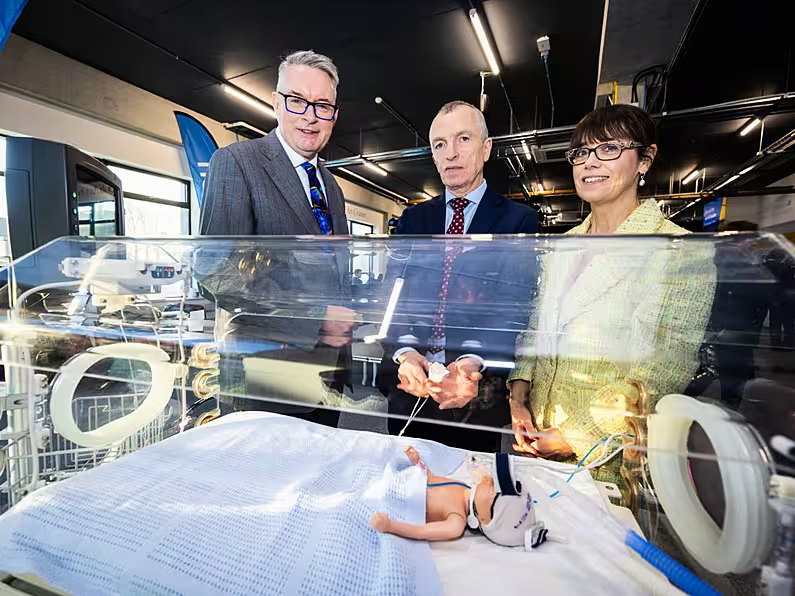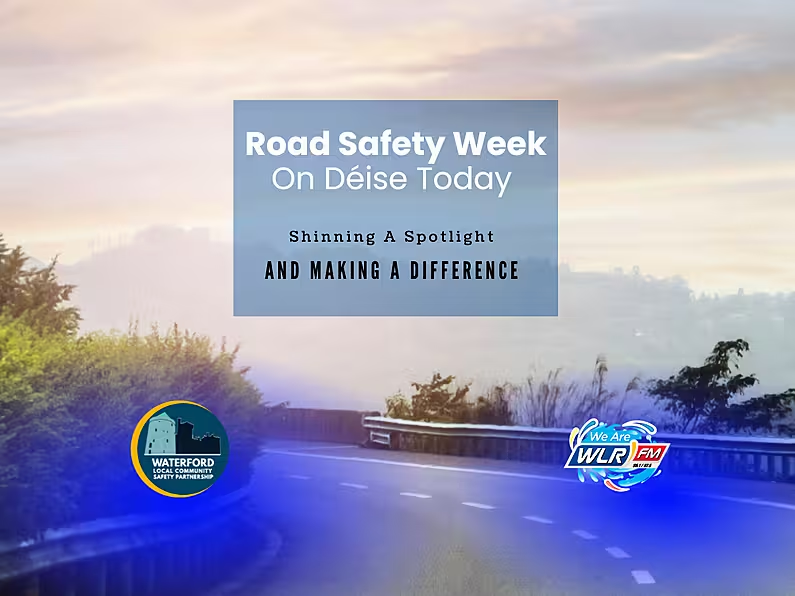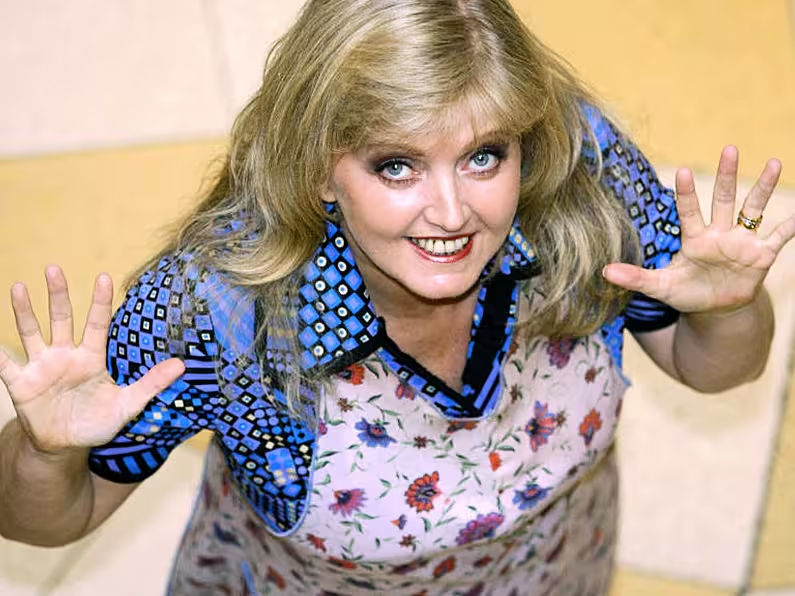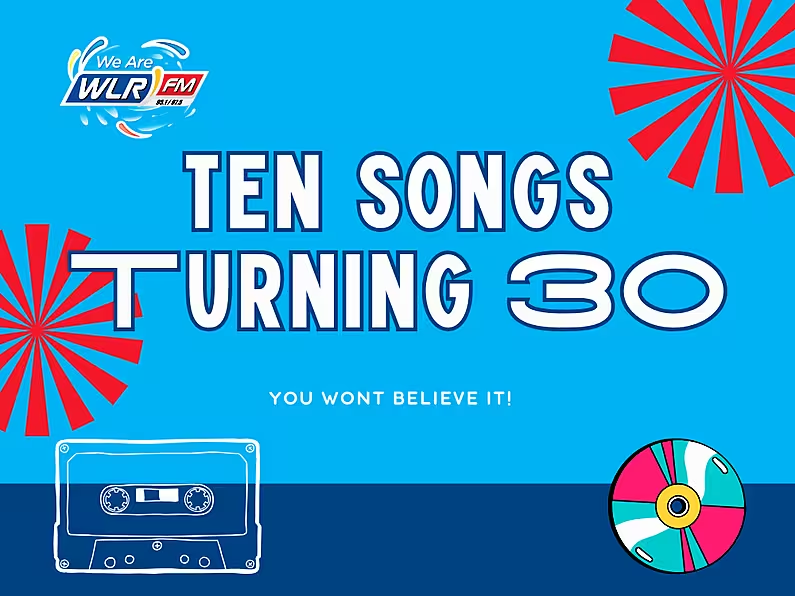Statkraft shines a light on the benefits of solar
“What’s the point of having solar here when it’s always raining?”
Those kinds of questions were common in Ireland until recently. The logic was that solar panels were for sunny countries; they could never work here.
The rate at which electricity is generated by solar indeed depends on the amount of direct sunlight and the quality, size, number, and location. But photovoltaic (PV) panels only need some daylight to harness the sun’s energy.
Daylight hours between May and September generate about 75% of electricity. However, solar still produces clean energy – even on overcast days during those other months.
In 2022, the International Energy Agency (IEA) announced that solar PV’s installed power capacity would surpass that of coal by 2027. Becoming the largest in the world! In addition, the IEA said, that utility-scale solar PV (large solar power plants that produce electricity for the grid) is the cheapest option for electricity generation in most countries.
Ireland has now embraced solar, understanding that it is a cheap and efficient way of generating clean, green energy. On one sunny day in May last year, solar delivered 10% of the country's electricity. And as Ireland’s solar revolution continues, that number looks set to grow.
Statkraft has been developing solar projects for over two decades, and our ambitions remain sky-high. In Ireland alone, the company has built what is currently the country’s largest solar farm, which can power around 40,000 homes. In addition, Statkraft has almost finished construction on two smaller sites and is about to begin work on another project which will have the capacity to power up to 48,500 homes.
All of this is good news for Ireland as more solar installation will reduce the country’s emissions. In addition, solar farms have the potential to meet our energy and energy goals while enhancing biodiversity. Studies suggest that if solar farms are managed properly, they can provide food and habitats for bees, moths, and other insects, and provide food and shelter for mammals, birds, reptiles, and amphibians.
Want to know more? Visit www.statkraft.ie
Also on WLR here StatKraft


